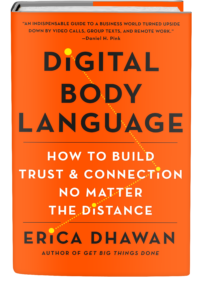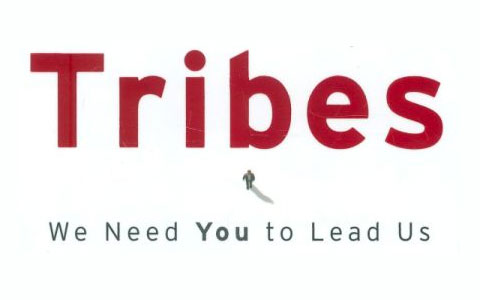Everyday we hear or share worries, concerns, frustrations in the workplace and in our personal lives. We spend countless hours thinking or diving into blame for what “others” could do differently.
Well…..
What's beneath that?
It’s usually the deeper question that gets us to the answer.
Inspired by Lois Kelly of Rebels At Work.






